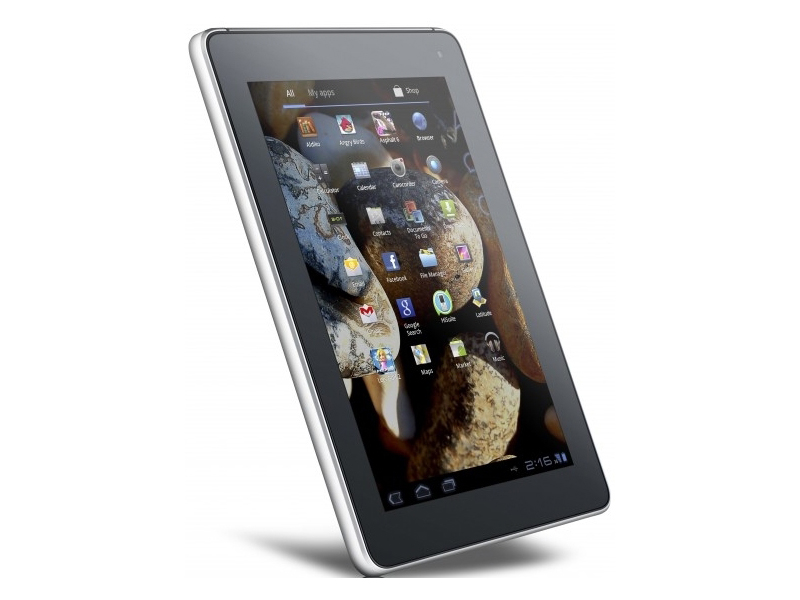Why you can trust TechRadar
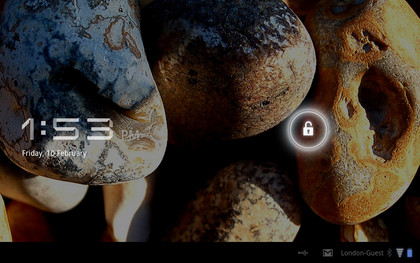
Offering a well-balanced combination of impressive hardware and software features, the Orange Tahiti is a strong all-round performer, with Android taken to the tablet's core to offer a sleek user experience from the off.
Google's tablet-centric Honeycomb operating system is put to good use on the compact, Huawei-manufactured tablet, providing you with the familiar user experience that can be found on a host of other devices, including the likes of the Samsung Galaxy Tab 10.1 and the original Asus Eee Pad Transformer Prime.
Combing a 1.2GHz dual-core processor with 512MB of RAM, the Orange Tahiti is more than capable of whipping its way through app and widget-riddled home screens with ease and zero lag. It also seamlessly switches between a variety of power-sapping applications via Android's simplistic multitasking abilities. Jumping back to the home screen is also handled with little fuss.
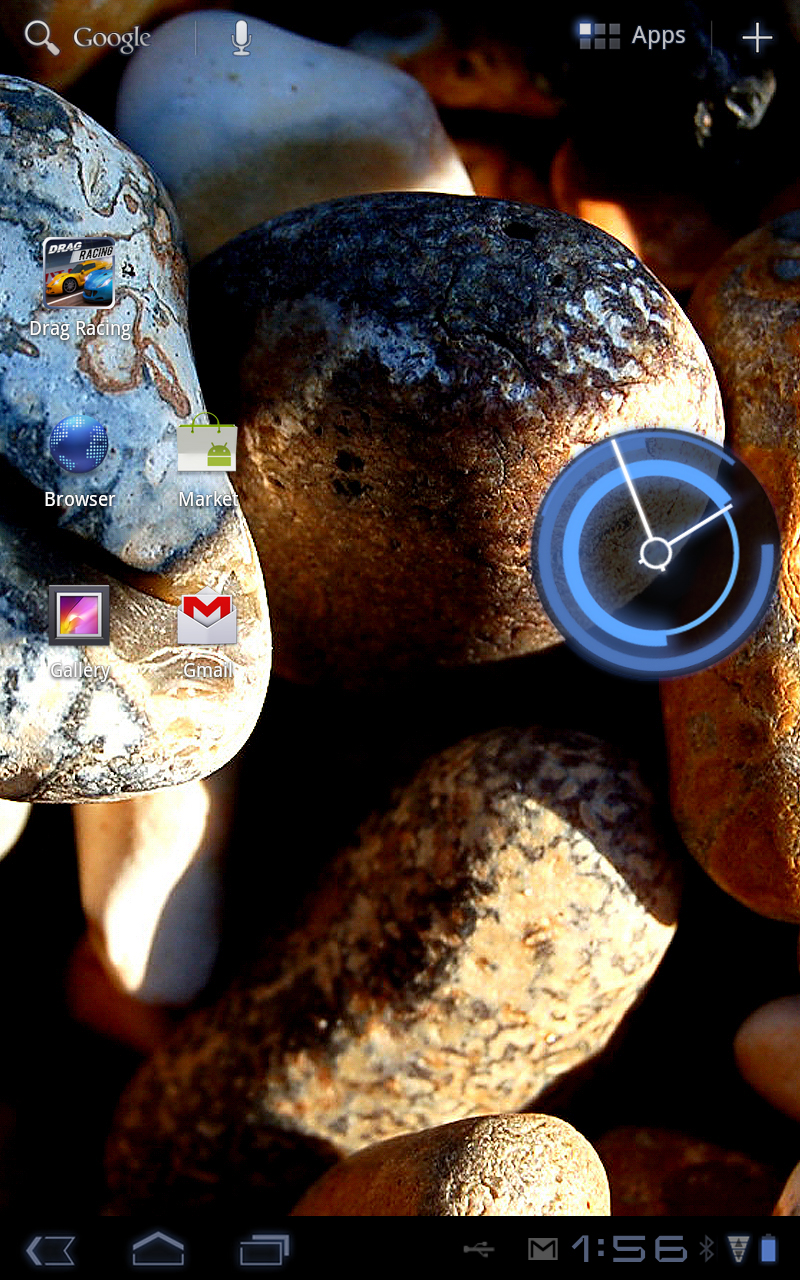
One area where the Orange Tahiti is a little slower than desired is when coming out of sleep mode. Although far from slow, the tablet takes a fraction of a second longer than expected to come to life, often causing you to briefly second guess whether or not you correctly pressed the power button - one of just two physical buttons on it.
Like a number of Android tablets, the Orange Tahiti also falters slightly when it is switched between portrait and landscape modes, with the on-screen content taking a moment or two to catch up with the rotating of the device.
Far from the extreme, almost farcical pauses experienced on the 10.1-inch Motorola Xoom 2 and 9.7-inch budget ViewSonic ViewPad 10e, the Orange Tahiti's pause is a mere stumbling block on which user's faith is quickly restored.
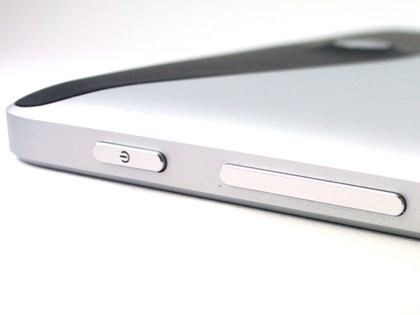
The Orange Tahiti's second physical button, the larger volume control, plays host to a quirky feature, with the device's positioning in either landscape or portrait mode deducing which side of the pivoted volume button you need to press in order to increase or decrease sound.
While in portrait orientation, pressing up on the right-hand side-mounted control will increase volume and pressing down will decrease it. Rotate to a landscape orientation and the now top-loaded button is reversed, with up now lowering the volume. Although disorientating at first, this feature quickly becomes natural to use and makes a lot of sense.
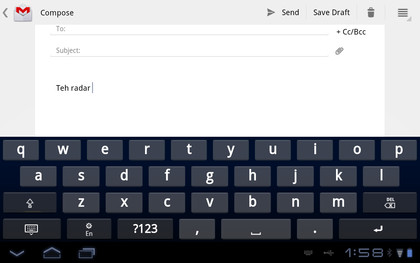
Combatting a frequent bugbear of touchscreen devices, the Orange Tahiti has a well-spaced, functional, easy to use digitalised full QWERTY keyboard.
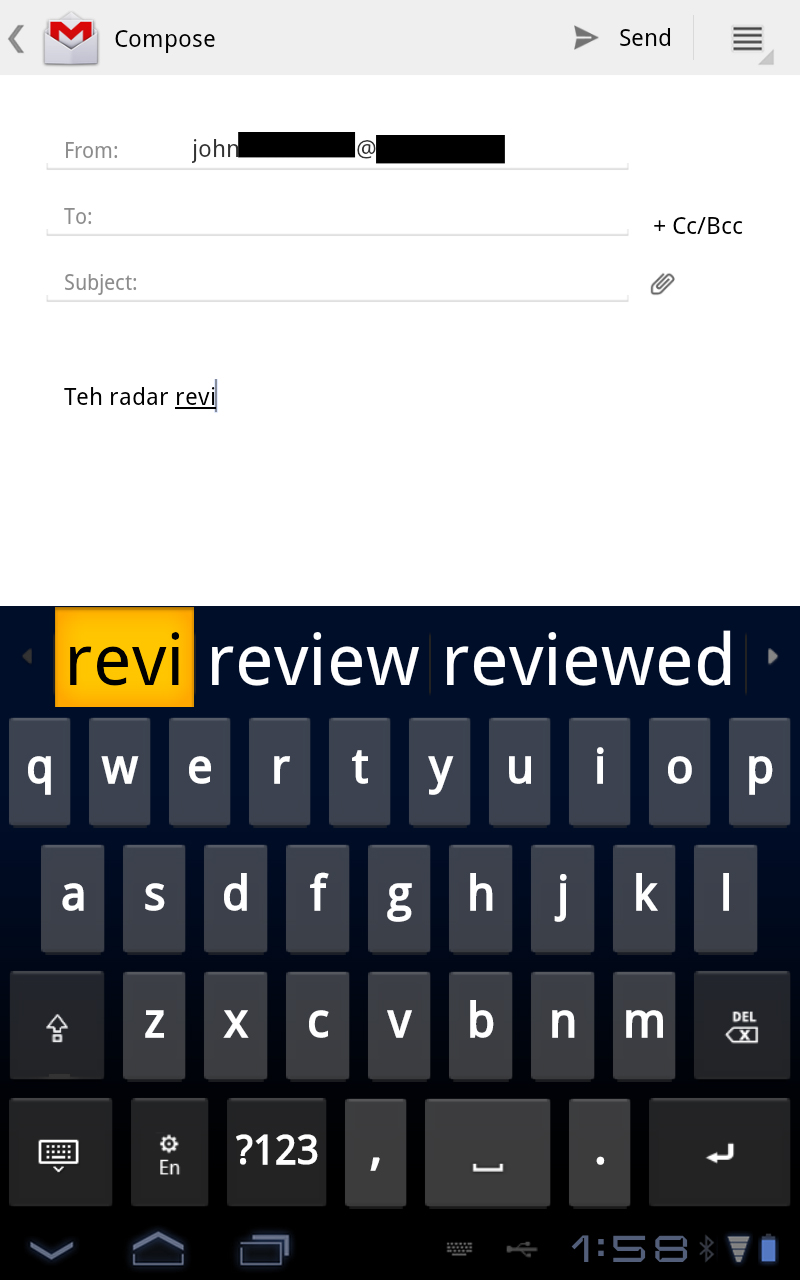
Offering individually spaced keys, the keyboard is comfortable to use in both landscape and portrait forms, with the minimalist spacebar and lack of Swype input functionality the feature's only drawbacks.
In keeping with most modern high-end smartphones such as the Samsung Galaxy S2 and the Apple iPhone 4S, given a full charge the Orange Tahiti will just about get you through a full day's use. The claimed six-hour working battery life rings true.
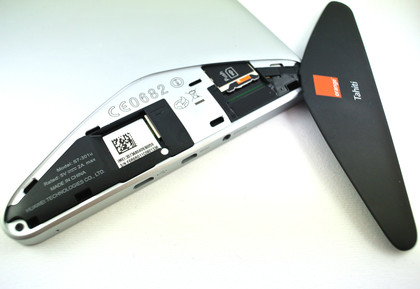
Far from ground-breaking and some way off market-leading, the Orange Tahiti's continued use battery life can be bolstered through the device's impressive standby times, with conservative daily activity resulting in close to a week's use between charges.
Having raised hopes with its joyful user interface, respectable battery and impressive processing power, the Orange Tahiti lets itself down via the inclusion of a less than impressive speaker.
Providing marginally better audio output via the boxed headphones, the Orange Tahiti's inbuilt speaker provides tinny, uninspiring, shallow output that does everything possible to push you away from using the device as a means for media absorption.
A further glitch associated with the device's speaker is its positioning. Located along the top edge, the speakers become easily covered and muffled when the tablet is being used in landscape mode for video perusal or playing games, with your hands often drifting across the output areas.
Current page: Interface, performance and battery life
Prev Page Screen and camera Next Page Internet, apps and gamesThe TechRadar hive mind. The Megazord. The Voltron. When our powers combine, we become 'TECHRADAR STAFF'. You'll usually see this author name when the entire team has collaborated on a project or an article, whether that's a run-down ranking of our favorite Marvel films, or a round-up of all the coolest things we've collectively seen at annual tech shows like CES and MWC. We are one.
